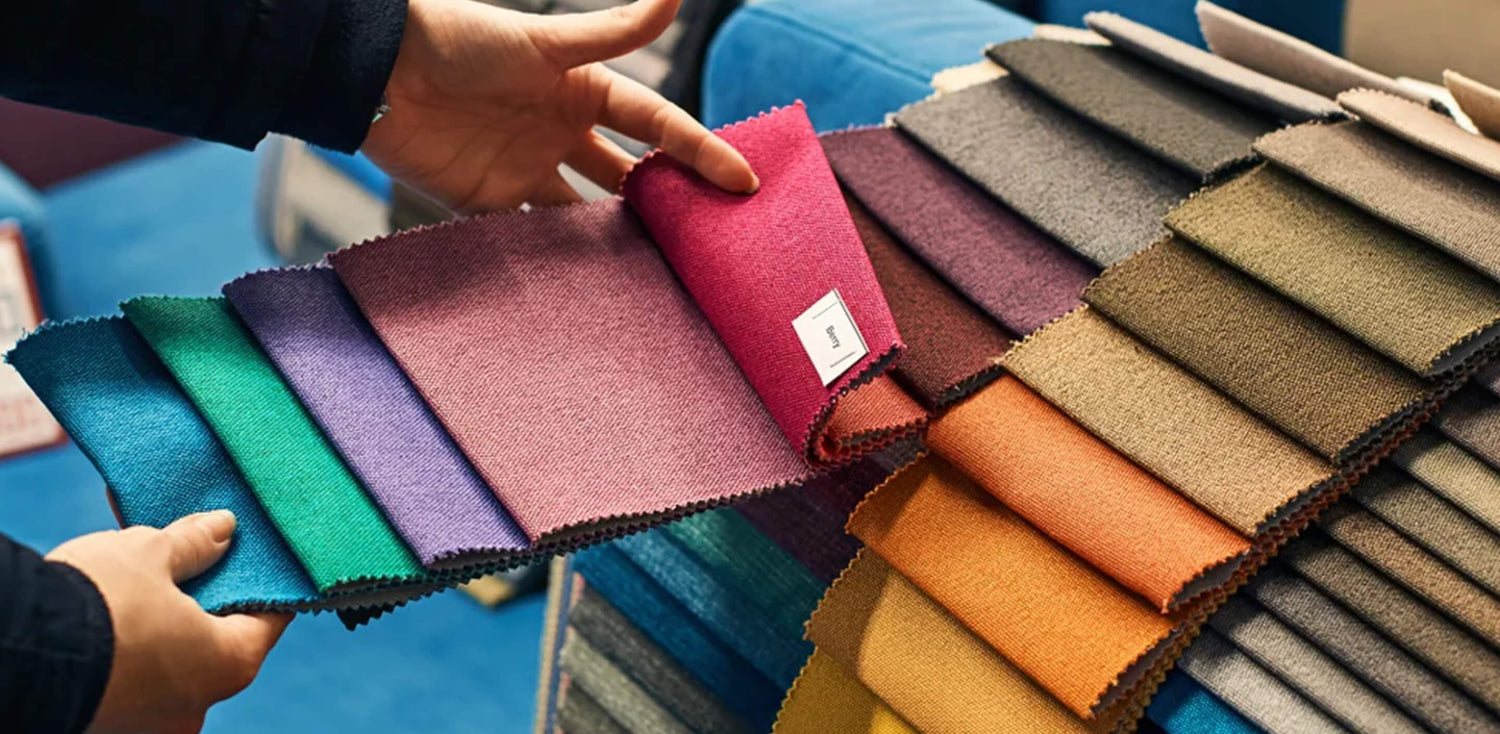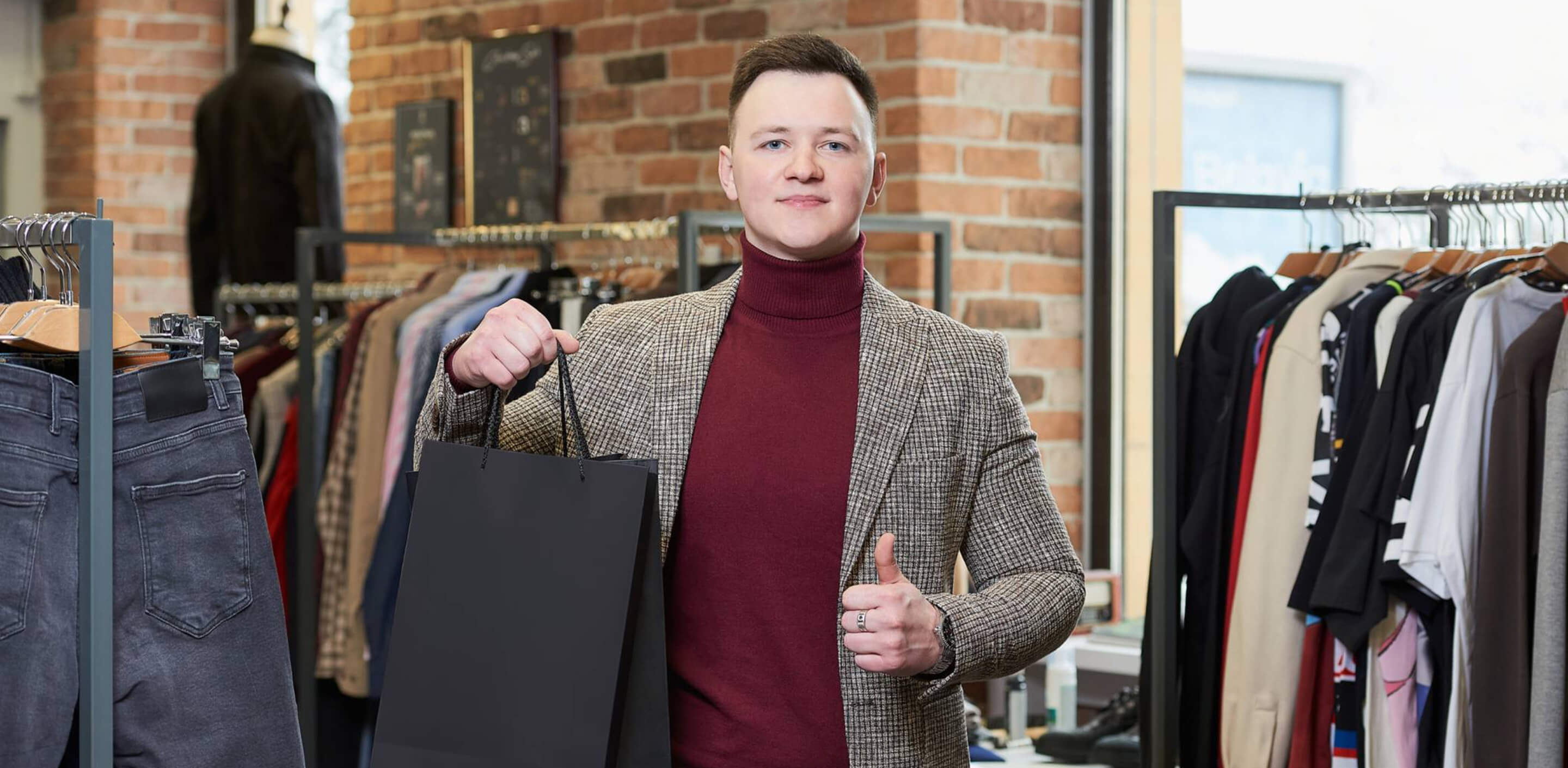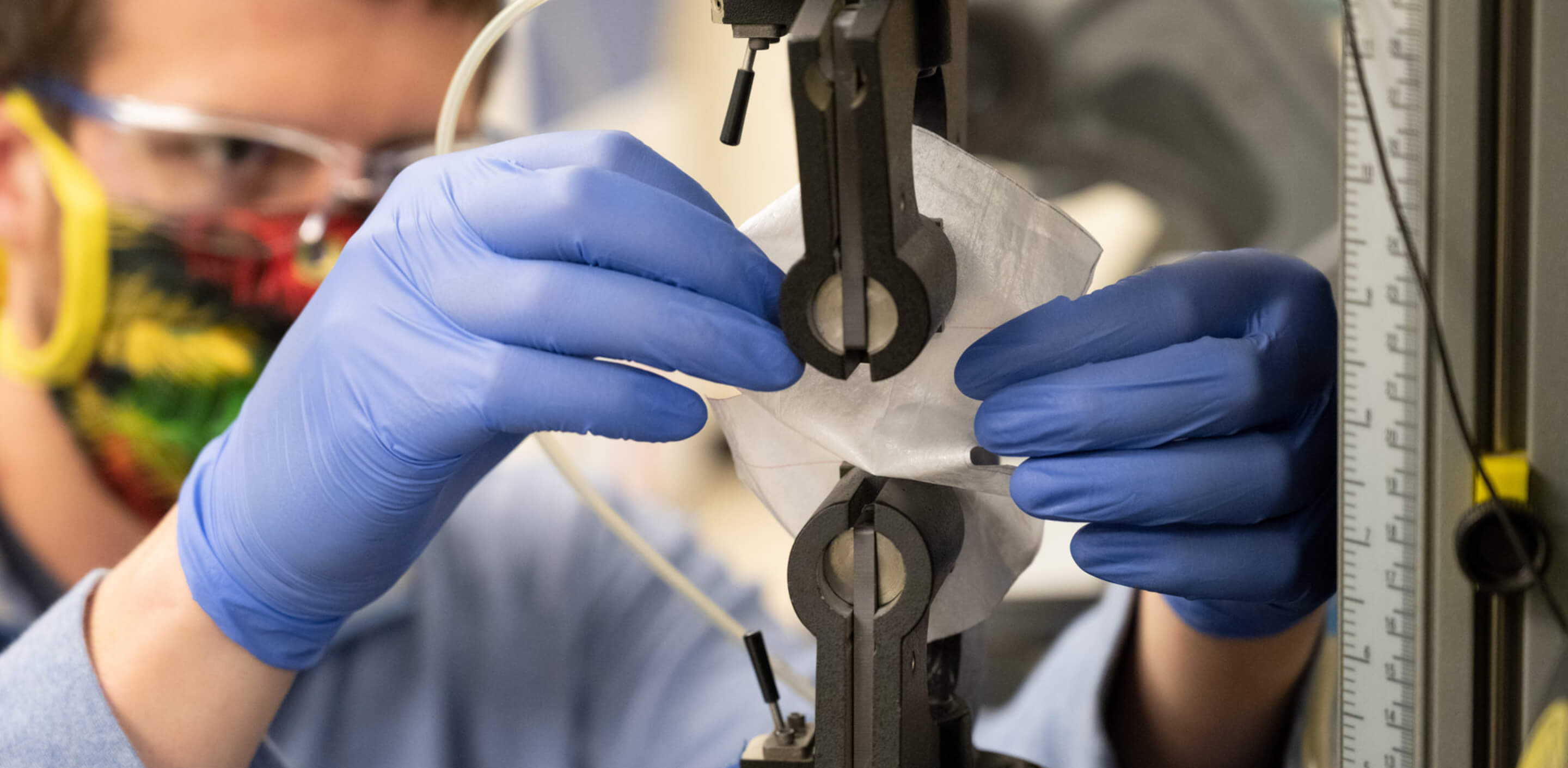I decided it was time to continue our conversation regarding choosing textiles for clothing projects. Almost a year ago, I made a brief piece on this subject, and I decided it is the time to update it. Let's be honest, a year later, I don't know whether my content is compatible with current trends or not. People who work with me at Fabriclore have better opinions and choice while sourcing fabric to sew garments. Then as I began to write it down, my head seriously overflowed with ideas.
Let's put those ideas into a frame of words.
Choose project first

There are several methods for choosing a new project. I prefer to use Pinterest as a source of ideas before figuring out how to create the design as simply as possible. This method is sometimes a bit of a trial-and-error one, but it generally works for me. Other possibilities are using tutorials like the ones you see here, or using a pattern. You might even take a concept (or the real item) from something you see in a store that you like or something you currently possess.
Conduct a research

It's wise to conduct some research on the clothing you want to construct before you even enter the fabric store. Window shopping is something I really enjoy doing to see what is available in stores and what fabrics are being used. The only thing more useful than being able to touch and feel a garment to grasp the role the fabric plays is being able to learn what textiles are popular right now, which will help your creations seem a bit more modern.
Check drape

Always unroll a few yards of the fabric when you're shopping for the actual material to check how it hangs. How the cloth hangs or "drapes" will be crucial to how the garment appears while worn. Have you ever noticed how silk drapes smoothly whereas linens are heavier and have a propensity to stand out when collected or pleated?
Check color theme

Always take the fabric into natural light (or next to a window) before purchasing it since the lighting in a store frequently makes a colour appear different from how it looks in natural light. If you are sewing something for yourself, be careful to hold the cloth up to your skin to see how it looks on you.
Measure the stretch

To check the stretch, pull the fabric between your fingers. It will be helpful to comprehend that most textiles will have some stretch, especially when stretched diagonally against the grain (the cross). As I believe they have a more natural wear and fall, I like to pick materials with less stretch, however it all depends on what you are sewing.
Visualize the craft

Spend some time imagining how the project will seem in the chosen fabric. Consider the colour and drape of the fabric. Would a light silk fabric or a thick linen fabric work better for the dress you want to make? Consider your personal form as well. Heavier fabrics are typically more forgiving on the body than light silks, especially when it comes to straightforward sewing tasks with no structure.
Final purchase
 Purchase your fabric lastly. Purchase an adequate quantity for your item. Generally speaking, if I'm buying a lot of fabric at once from an online store like Fabriclore and am unsure of what I'll be sewing, I'll buy about 2 to 3 metres of cloth. Obviously, depending on the cost! Thus, when it comes to sewing, I have a little more latitude.
Purchase your fabric lastly. Purchase an adequate quantity for your item. Generally speaking, if I'm buying a lot of fabric at once from an online store like Fabriclore and am unsure of what I'll be sewing, I'll buy about 2 to 3 metres of cloth. Obviously, depending on the cost! Thus, when it comes to sewing, I have a little more latitude.
FAQ
What types of fabrics are best for upholstery?
As per my personal opinion cotton, silk, leather, linen and wool are some of the fabrics that fit best for upholstery.
How can I determine the properties of a specific fabric?
In order to identify the various properties of a fabric, you require to conduct some tests like stretching measurement and touch sense. Further for some natural characteristics, you can ask your seller from which you are sourcing fabric.
We also happen to be a magnet for suggestions, and would love to catch yours….throw us yours on hello@fabriclore.com




